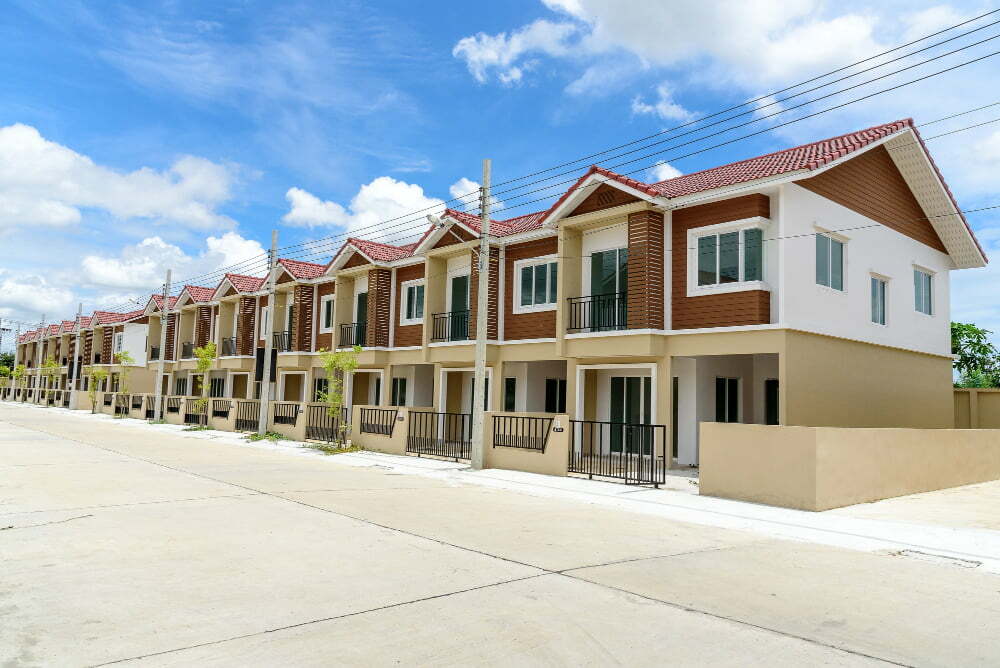The living room – the heart of our homes – deserves to be a space that reflects not just our style, but also our values. In 2024, sustainability takes center stage, with eco-conscious living room designs becoming increasingly popular. Websites like https://www.hgtv.com/design/topics/living-rooms offer a plethora of inspiration, showcasing beautiful living rooms created with sustainability in mind. These designs prioritize eco-friendly materials, resourcefulness, and a timeless aesthetic that minimizes the need to constantly redecorate. Here are some captivating ideas to transform your living room into a haven of comfort and style, all while keeping the environment in mind:
Embrace Natural Materials:
Nature is a key element of sustainable living rooms. Opt for furniture crafted from sustainable materials like bamboo, reclaimed wood, or recycled materials. Bamboo is a fast-growing and renewable resource that offers a beautiful, durable alternative to traditional hardwoods. Reclaimed wood adds a touch of rustic charm and history to your space, while recycled materials like plastic bottles transformed into furniture or rugs showcase innovation and responsible consumption. Consider natural materials like woven baskets for storage or jute rugs for a touch of texture underfoot.
Secondhand Finds with a Soul:
Sustainable living is all about extending the life cycle of existing furniture. Give pre-loved furniture a new lease on life by visiting vintage stores, flea markets, or online marketplaces. With a touch of creativity and restoration, a vintage armchair can become the statement piece of your living room. Repurposed items also add a unique touch – an old suitcase as a coffee table or a vintage ladder transformed into a bookshelf add personality and a conversation starter.
Energy-Efficient Lighting:
Lighting plays a crucial role in creating ambiance, but it also impacts your energy consumption. Incorporate energy-efficient LED bulbs throughout your living room. These bulbs use significantly less energy than traditional incandescent bulbs and last much longer. Maximize natural light by opting for light-colored curtains or blinds. Strategically placed lamps can create a warm and inviting atmosphere without resorting to harsh overhead lighting. Consider installing dimmer switches to adjust the lighting based on your needs, further reducing your energy consumption.
Embrace Multi-Functional Furniture:
Sustainable living is all about maximizing space and minimizing clutter. Opt for multi-functional furniture that serves multiple purposes. A storage ottoman provides a place to relax and put your feet up while offering additional storage space for blankets and throws. A futon that transforms from a sofa to a bed is ideal for small spaces or accommodating guests without needing an extra bed frame. Consider nesting coffee tables that can be easily moved around, or ottomans with built-in storage for throws and pillows.
Greening Your Living Room:
Plants are not just aesthetically pleasing; they also contribute to a healthier and more sustainable living environment. Houseplants act as natural air purifiers, removing toxins and improving air quality. Choose low-maintenance plants that thrive in indoor environments, such as snake plants, spider plants, or pothos. Utilize vertical space with hanging planters or place strategically placed plants on shelves or windowsills.
Sustainable Fabrics and Materials:
When purchasing new furniture or decor items, prioritize sustainable fabrics and materials. Look for certifications like FSC (Forest Stewardship Council) for wood products, GOTS (Global Organic Textile Standard) for organic cotton, or recycled polyester for rugs or throws. Natural fibers like wool, linen, and cotton are not only comfortable but also eco-friendly choices. Invest in high-quality, well-made pieces that will stand the test of time, minimizing the need for frequent replacements.
DIY Projects for a Personal Touch:
Sustainable living encourages creativity and resourcefulness. Consider DIY projects to add a personal touch to your living room. Repurpose old fabric scraps into throw pillows or reupholster furniture pieces with sustainable fabrics. Transform vintage finds or salvaged pieces into unique decorative items. These projects not only add a personal touch but also contribute to a more sustainable living environment.
Conclusion:
Creating a sustainable living room doesn’t mean sacrificing style or comfort. By embracing natural materials, giving pre-loved furniture a new life, opting for energy-efficient solutions, and incorporating sustainable practices, you can transform your living room into a haven of comfort and eco-consciousness. Remember, sustainability is a journey, not a destination. Start small, incorporate these ideas into your space, and watch your living room become a reflection of both your style and your values.


